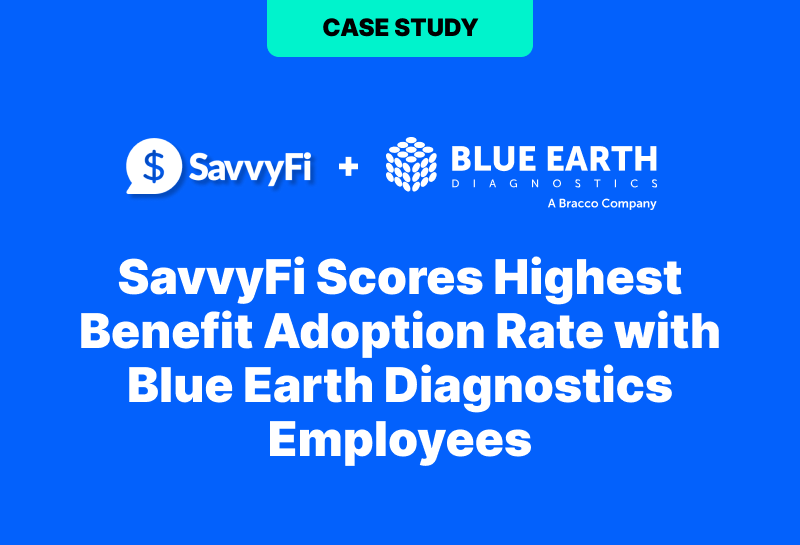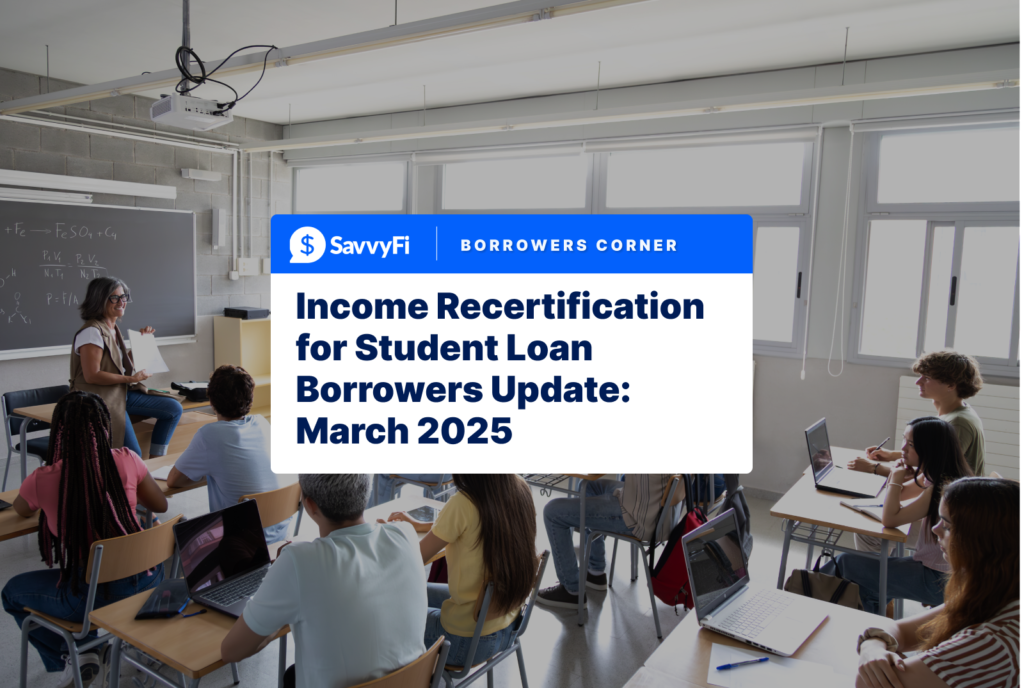Did you know that over 70% of millennials are stressed about their student debt? And it’s not just millennials: over 3 million seniors age 60 and older carry student load debt as well. The burden of student loans can weigh heavily on employees, affecting their productivity and overall satisfaction. As an employer, understanding how to provide financial wellness programs that alleviate this stress is crucial. In this blog post, we’ll explore three potent strategies you can implement this week to transform your compensation package that not only retains top talent but also boosts their productivity and loyalty.
Understanding the Impact of Student Loan Debt
As of now, student debt is one of the largest financial burdens faced by many individuals. The U.S. student loan debt has surpassed an astonishing $1.7 trillion, affecting millions of borrowers. This financial pressure manifests itself in decreased productivity at work, as employees often juggle multiple financial obligations. By implementing educational finance benefits like those presented in this article, companies can directly address this pressing issue.
Strategy 1: Reposition Tax-Free Monthly Contributions Toward Student Loan Payments
Many employers allocate funds for various benefits. However, are you aware that you can repurpose tax-free monthly contributions toward student loan payments? By strategically redirecting allocated signing bonus funds, you can significantly lessen the loan burdens on your employees.
How It Works
When you reposition funds towards these payments, employees can benefit from reduced monthly payments, which helps in the long run and provides instant relief. By targeting a portion of your employer contributions towards student loan payments, you offer a valuable and attractive incentive.
Implementation Steps
- Evaluate current allocations. Understand your yearly budget for employee benefits and explore how much money can be redirected.
- Consult with tax professionals. It’s essential to work with professionals who can advise on how to structure these contributions to remain compliant with tax codes and regulations.
- Communicate with employees. Make employees aware of the new offering, providing clarity on how the contributions will function, and their overall impact on student loan debt.
Benefits of Repositioning Contributions
This approach offers tangible benefits for employees. It’s not just about a reduction in financial stress. It also demonstrates your commitment to their financial wellbeing, increasing retention rates.
Strategy 2: Increase Tax-Free Monthly Contributions Over Time as a Retention Bonus
Continuing to foster financial wellness requires evolution. Employers can provide a framework that allows for increased tax-free monthly contributions over time as a retention bonus or based on performance metrics for retention.
How It Works
As employees meet set performance metrics, companies can increase their contributions to support educational finance benefits like student loan repayment. This strategy transforms an employer’s benefits package into a dynamic and motivating program.
Implementation Steps
- Set clear performance metrics. Define what performance looks like in your organization, be it sales targets, project completions, or other measurable outcomes.
- Create a gradual increase plan. Outline how contributions will increase in correlation with performance metrics, ensuring transparency.
- Promote internal communication. Regularly communicate with employees about their progress toward performance metrics and how it will affect their benefits.
Benefits of Increasing Contributions Over Time
By aligning performance with financial benefits, you motivate employees to excel while fostering a sense of security about their financial futures. Higher engagement typically leads to higher productivity, creating a win-win scenario.
Strategy 3: Offer Student Loan Retirement Matching to Meet Diverse Needs
It’s crucial to recognize employees’ diverse financial situations. Instead of forcing a decision between managing their student loan debt and saving for retirement, you can offer them both. This is where student loan retirement matching comes in.
How It Works
You can institute a plan where you match contributions toward their student loans with contributions toward a retirement savings account. It’s a balanced approach that recognizes the long-term financial planning that employees must engage in while managing short-term debts.
Implementation Steps
- Design a matching plan. Just like a traditional 401(k) match, set forth a structured matching process for student loan repayments. Develop a clear formula for matching based on employee contributions.
- Engage financial advisors. Collaborate with financial advisors to ensure that your matching programs are structured to be compliant and beneficial.
- Educate employees on implications. Providing education on how this matching contributes to both their student loans and retirement savings is crucial for uptake and understanding.
Benefits of Student Loan Retirement Matching
This approach not only relieves immediate financial burdens but also positions employees for financial stability and independence in the long run. Offering employees the freedom to plan for both their present and future demonstrates significant care and investment in their overall wellbeing.
Implementation Timeline – Getting Started This Week
Now that you are aware of these three key strategies, here’s how to start implementing them this week:
- Day 1: Assemble a team to evaluate existing employee benefits and identify potential shifts.
- Day 2-3: Consult with financial and tax professionals to ensure compliance.
- Day 4-5: Communicate plans with your workforce. Transparency is crucial in this transition, so ensure that employees understand how the changes will work. Working with a partner like SavvyFi cuts out the lift for your HR team – we provide customized materials and onboarding webinars to meet your people where they are.
- Week 2: Roll out the new financial wellness programs and encourage feedback from employees.
More Than Just Benefits – Building a Culture of Care
The implementation of student loan repayment and educational finance benefits isn’t just about improving benefits; it’s about building a supportive culture. By creating programs that return financial freedom to your employees, you foster higher engagement levels, reduce turnover, and contribute to overall workplace happiness.
Think of your benefits as a narrative. Each contribution tells a story of a workplace that cares about their employees. This narrative transforms into a powerful recruitment tool, as job seekers flock to companies that prioritize financial wellness.
Final Thoughts
Implementing these strategies will create a sense of relief for employees. It’s essential that, as you begin this journey, you recognize the transformational power of directed financial benefits. Think about the stress relief, the increased productivity, the loyalty you’ll foster among top talent.
Understanding the financial landscape of your employees today is essential, especially as we navigate through these challenging times. So now what? You have the strategies to make impactful changes to your employee compensation package.
By focusing on education financing and creating a balanced approach to student loans and retirement, you can build a more satisfied, engaged, and productive workforce.
Act now! Reach out to schedule a meeting with our team of experts to navigate the specifics of implementing these strategies effectively. By doing so, you don’t just enhance your benefits; you become the kind of employer employees are proud to work for, driving the narrative of a caring and committed workplace.
About SavvyFi: SavvyFi is a user-friendly fintech platform that makes it easy for employers to provide college savings and student loan benefits to their employees. Because the company’s platform is “zero-touch” to HR — without any complicated systems, integrations, or paperwork — SavvyFi unlocks education financing capabilities to even the smallest employers that would not otherwise be able to offer these benefits.
Disclosure: Third-party quotes shown may not be representative of the experience of all SavvyFi customers and do not represent a guarantee of future performance or success.





